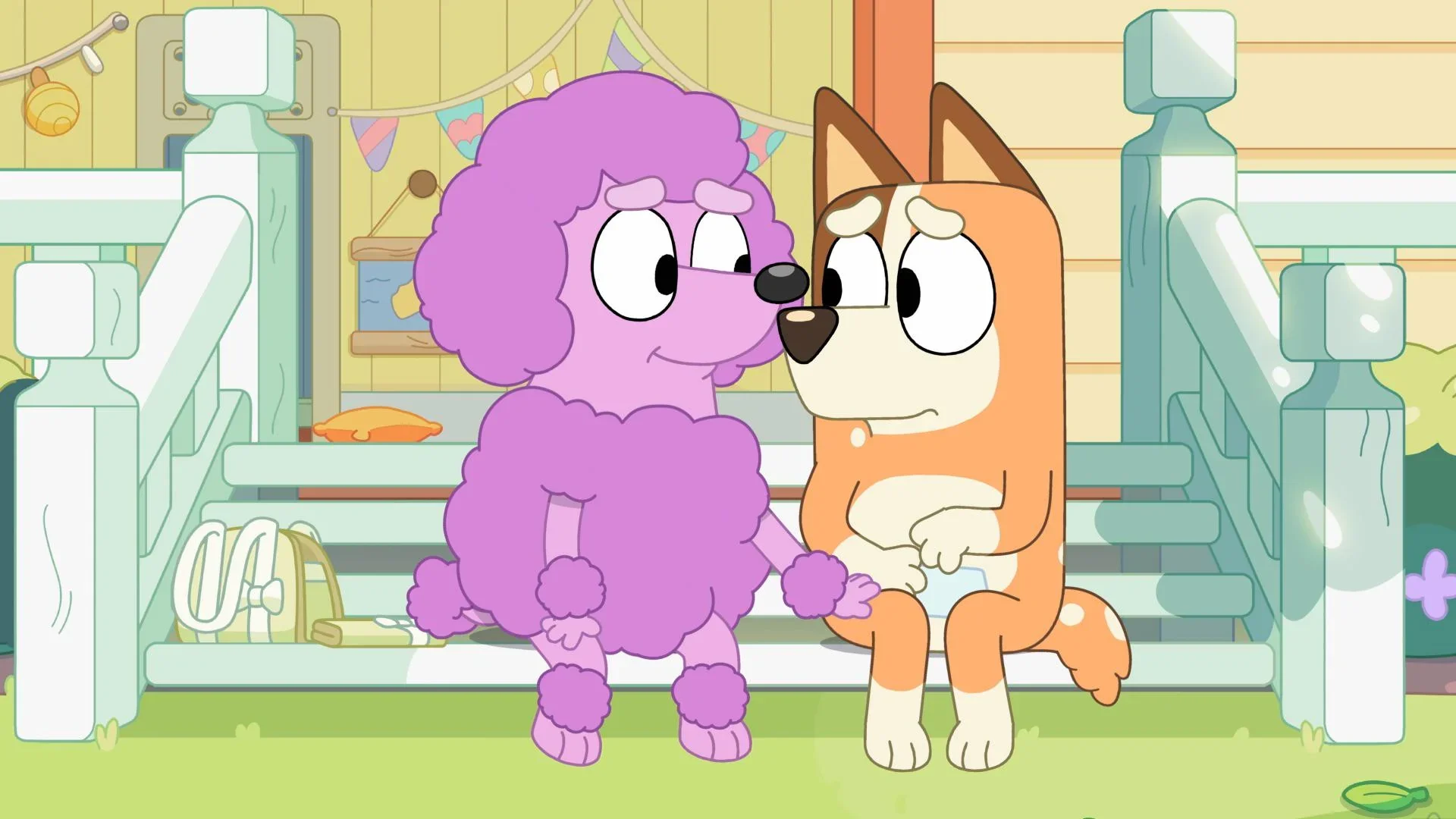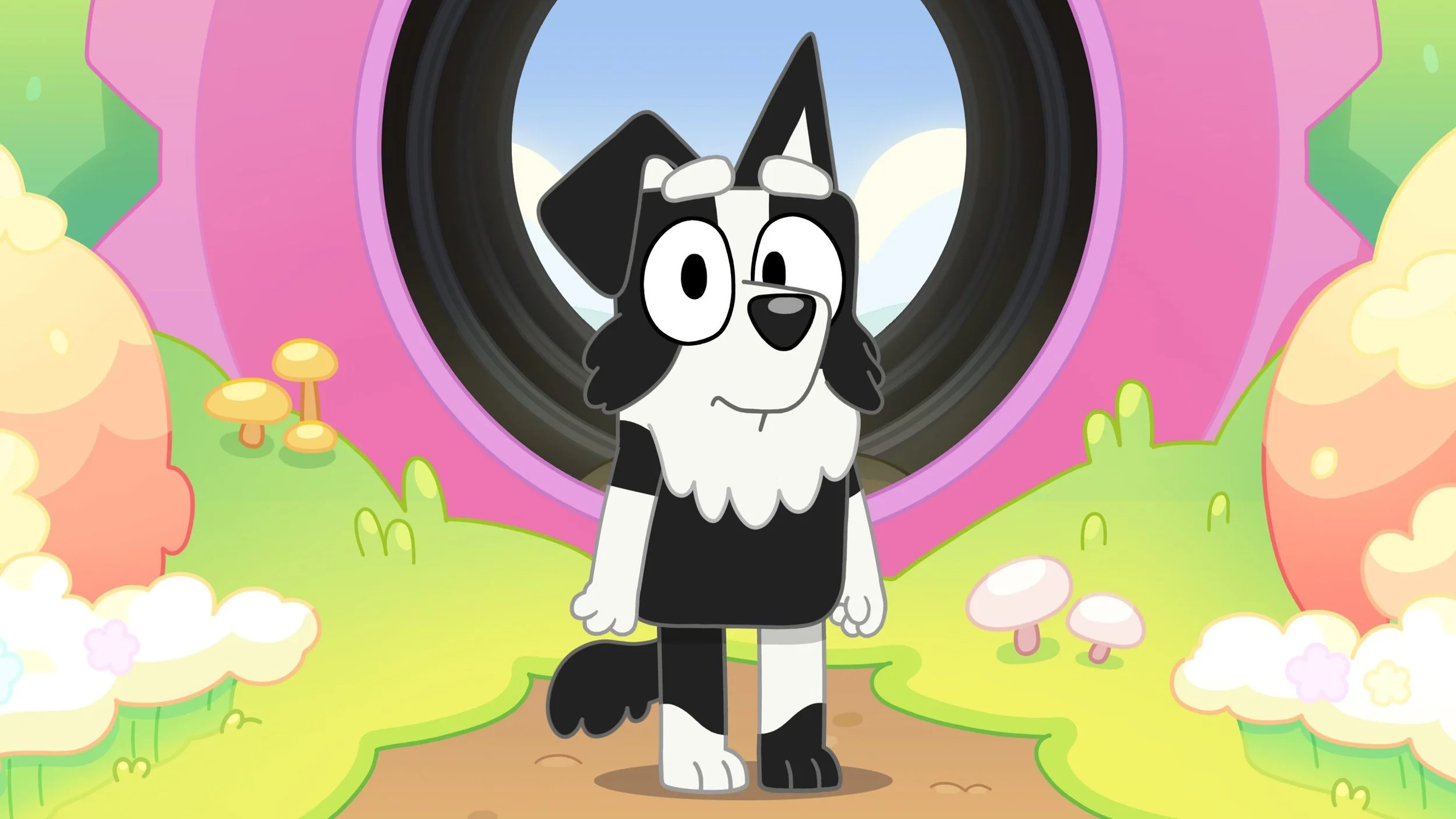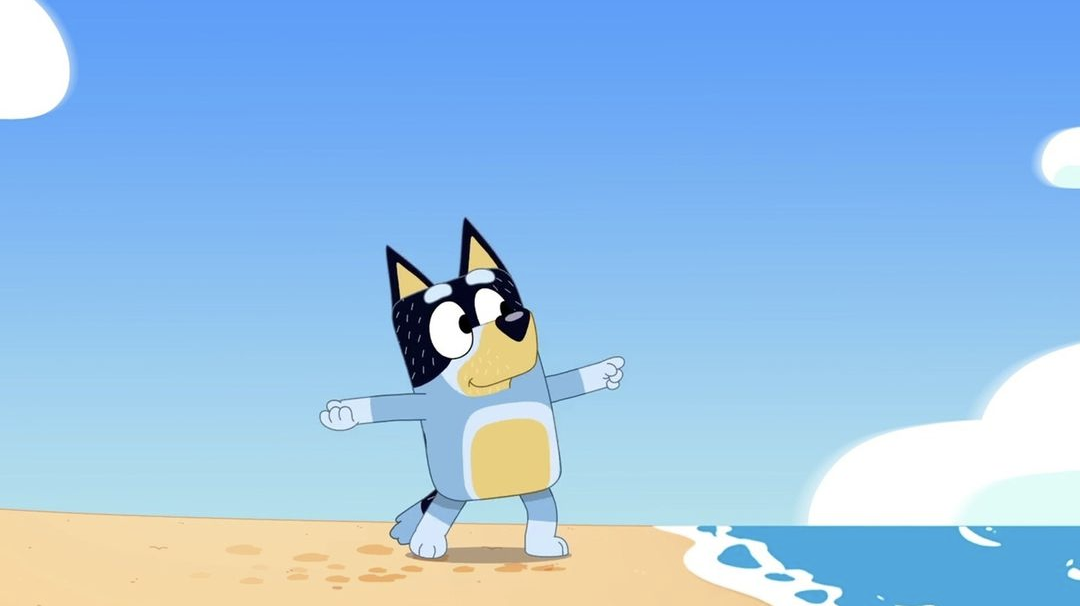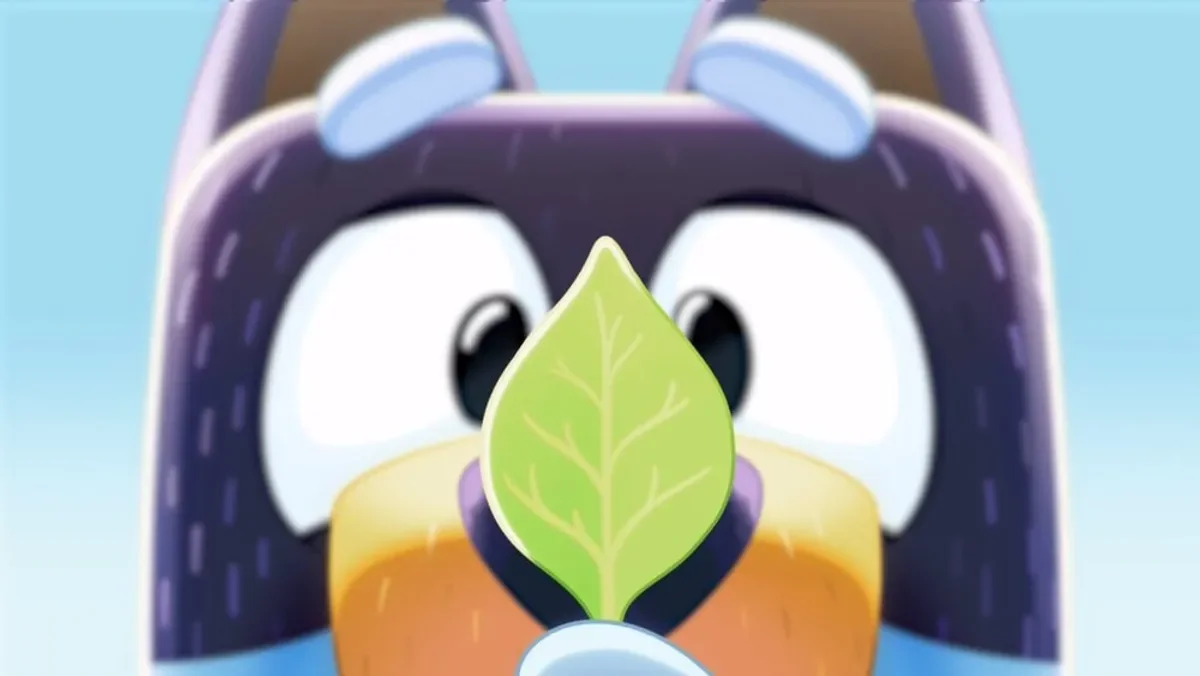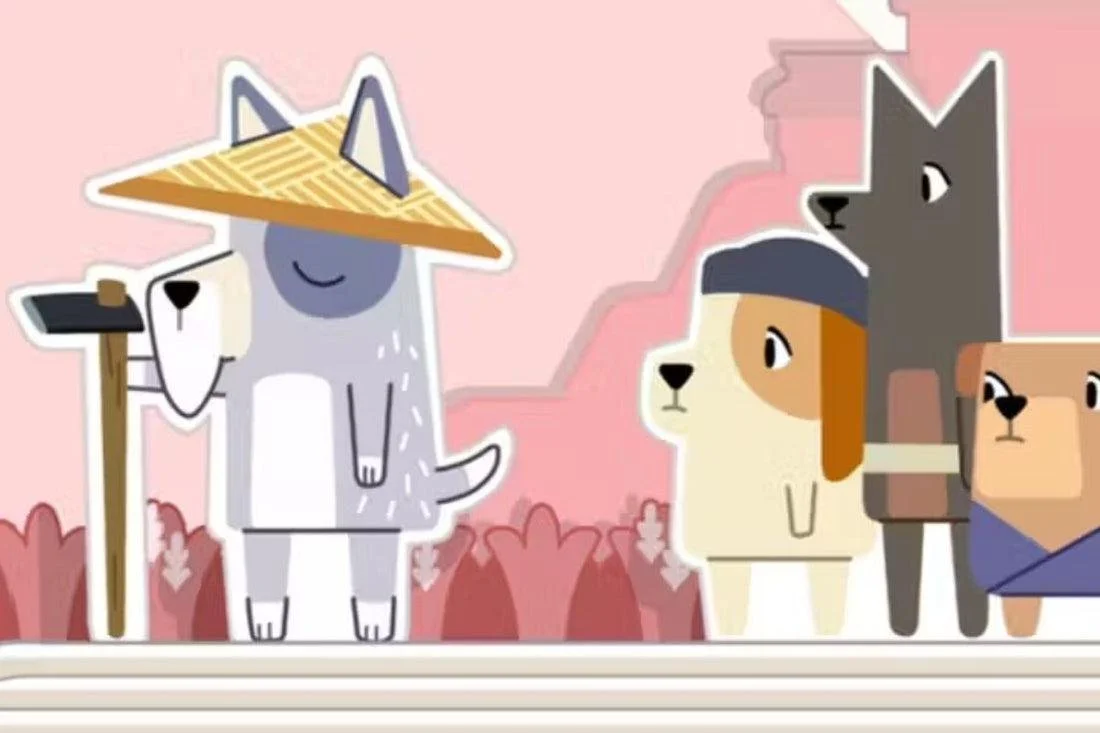Why “Bluey” is Therapeutically Brilliant
As a therapist, I often find myself recommending children’s shows and media as a way for families to connect, learn, and heal together. One of the most powerful examples is Bluey, the beloved Australian series about a blue heeler pup and her family. While the episodes are only eight minutes long, they pack in deep emotional lessons for children and parents alike. What makes Bluey so special therapeutically is its ability to reflect real human emotions, developmental struggles, and family dynamics in a way that feels gentle, playful, and validating.
Below, I’ll walk through some of the most emotionally impactful episodes and explain the therapeutic themes they highlight.
“Baby Race” – Self-Kindness in Parenting
Synopsis: Chilli (Bluey’s mom) recalls the days when Bluey was a baby, learning to crawl and walk. She compares Bluey’s progress to other children and feels she’s “falling behind.” Eventually, another parent reassures her that she’s doing a wonderful job and that every child develops in their own time.
Therapy Lens: This episode is incredibly moving because it touches on the quiet anxieties of parenting; comparison, guilt, and fear of not being enough. It’s a powerful reminder to practice self-compassion, move away from self-judgment, and recognize that mindful presence matters more than hitting milestones “on time.” Baby Race often brings tears because it validates both the struggles and joys of parenting while gently reminding us to be kind to ourselves.
And always remember, “You’re Doing Great.”
“Space” – Healing a Trauma Response
Synopsis: During imaginative play, Bluey and her friends explore the theme of separation, rejection, and inclusion. One character experiences the pain of being left out, while another learns empathy.
Therapy Lens: This episode parallels trauma responses of how exclusion or abandonment can leave deep emotional imprints. Watching children role-play their way through conflict models healing: creating new narratives, repairing relationships, and feeling seen. It encourages children (and adults) to revisit painful experiences in safe, supported ways.
“Stickbird” & “The Show” – Emotional Regulation
Synopsis: In Stickbird, Bluey and family navigate frustration while building a sandcastle. In The Show, the kids put on a performance that stirs big emotions in both parents and children.
Therapy Lens: Both episodes highlight emotional regulation, or the ability to recognize, tolerate, and manage feelings. These playful stories model that it’s okay to have big emotions, and equally important, that with patience and connection we can come back to balance. Children see that mistakes, laughter, and even conflict can be part of building resilience.
“Tickle Crabs” – Healthy Attachment
Synopsis: Bandit (Bluey’s dad) plays a tickle game with the girls, stopping whenever they say “stop.”
Therapy Lens: This simple play becomes a lesson in consent, trust, and secure attachment. The children learn their voices matter, and Bandit demonstrates that healthy relationships involve respecting boundaries. It’s a small but powerful example of how attachment is built through attunement and safety.
“Born Yesterday” – Grounding and Mindfulness
Synopsis: Bandit pretends to be “born yesterday,” experiencing the world for the first time through childlike wonder.
Therapy Lens: This episode models mindfulness, which is being fully present in the moment, curious, and engaged. It invites families to rediscover the beauty in ordinary things and shows how play can ground us when life feels overwhelming.
“Sleepytime” – Individuation and Secure Attachment
Synopsis: Bingo (Bluey’s little sister) embarks on a dreamlike journey through space, learning independence while knowing she is safely connected to her mom.
Therapy Lens: Sleepytime is perhaps the most visually stunning and emotionally profound episode of Bluey. It reflects individuation (children growing into themselves),while highlighting secure attachment. Bingo knows she can explore the universe because she is tethered to love and safety. Parents often find this episode deeply moving as it symbolizes the balance of letting go while holding on.
Impulse Control & Regulation: “Muffin Cone,” “Army,” “Hide and Seek,” and “Explorers”
These episodes all highlight self-control, emotional management, and learning patience.
Muffin Cone: A child’s struggle with impulse control when sugar-fueled.
Army: A child embraces discipline and resilience.
Hide and Seek: Frustration tolerance and flexible thinking.
Explorers: Adventure with boundaries and regulation.
Therapy Lens: Children learn through play, and Bluey shows that impulse control isn’t about perfection, but practice. These episodes give kids models for managing urges and emotions while offering parents patience and perspective.
“The Sign” – Taoist Wisdom & Acceptance
Synopsis: The Heeler family faces big change as they prepare to move. Woven into this story is the parable of “The Farmer,” a philosophical tale of events that seem good or bad, but ultimately unfold beyond judgment.
Therapy Lens: This episode ties beautifully to Taoist wisdom: life is unpredictable, and peace comes from existing in harmony with the universe rather than resisting it. The idea of “we’ll see” teaches flexibility, resilience, and acceptance. It’s a profound way of showing children (and parents) that uncertainty is part of the journey.
The Parents’ Presence
Bandit and Chilli are standout parents, not because they’re perfect, but because they’re present. Importantly, we only see them for 8 minutes at a time. That’s a reminder for real parents: we don’t need to be perfect all day, every day. Instead, what matters most is showing up in meaningful moments, being attuned when it counts, and allowing connection to be the anchor.
Why Watching Bluey Matters
Families who watch Bluey together often find themselves laughing, crying, and connecting. The show creates a shared language for emotions, values, and mindfulness. It makes difficult lessons accessible, models therapeutic principles, and most importantly, it’s fun. Watching Bluey isn’t just entertainment; it’s a tool for bonding, healing, and growing together.
Therapist’s Takeaway: Bluey is proof that storytelling and play can be some of the most powerful vehicles for emotional growth. Whether you’re a parent, a child, or simply someone who loves good stories, this little blue heeler family has a lot to teach us about presence, love, and being human.
And as always, keep an eye out for the Long Dogs!!!


